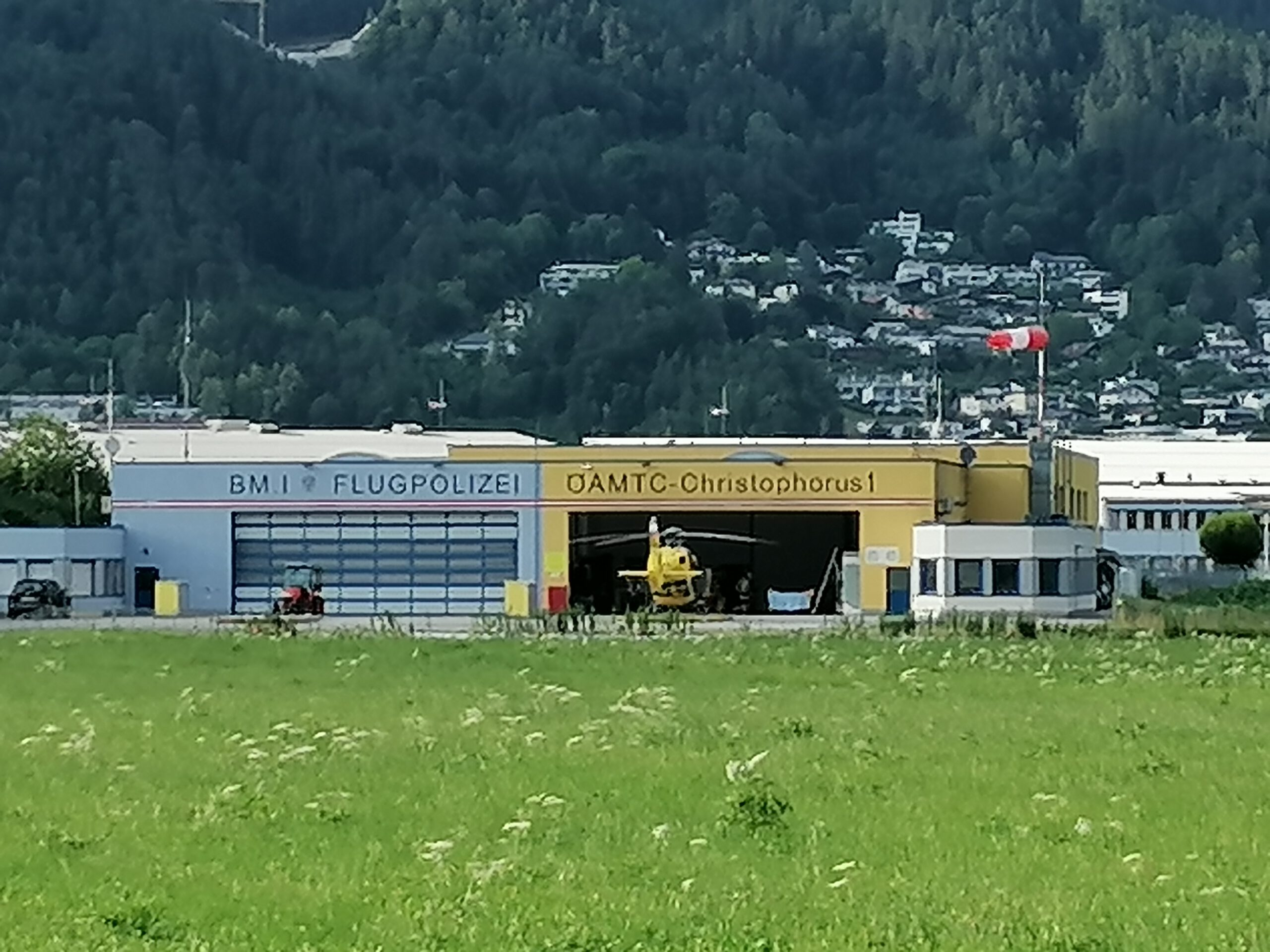Sport as a cause of polytrauma – challenges for doctors in the event of serious injuries.
A little holiday, a little hiking, mountain biking or climbing – that’s what many a recreational athlete thinks. But it’s not that simple. Without sufficient fitness, constitution and coordination, more and more people are slipping, falling and having to be treated on site in clinics.
Jena/Germany April 8, 2025 ‘It’s just a brief moment while skiing or mountain biking, but it can change your life forever,’ says Dr Moritz Katzensteiner, assistant doctor for orthopaedics and trauma surgery at the Order Hospitals of the Sisters of Mercy in Linz. He recently spent more than 18 months working at the Diakonissen Clinic in Schladming, a mountain and leisure sports area that has a lot to offer in terms of accidents. At the 40th GOTS Congress, this year at the Danube University Krems, he will be presenting the most serious injuries and polytrauma, categorising their causes and therapies.
The structures around the knee joint are often affected, especially when skiing. ‘We sometimes see catastrophic injuries here,’ says Katzensteiner. The most serious of these are tibial plateau fractures – a complex joint fracture that is often caused by high mechanical impact in and around the knee joint. Such severe anatomically ‘original’ joint fractures cannot be repaired.
The surgeon: ‘We then have some 35-year-old fit patients here who may develop secondary traumatic osteoarthritis in a few years despite optimal perioperative procedures and require a knee prosthesis.’ Femoral shaft fractures, spine, mostly the lumbar region, transition from thoracic to lumbar spine, compression fractures.
The treatments for these sometimes very serious sports injuries are individualised. Orthopaedists and trauma surgeons use the latest surgical procedures to minimise the damage and stay close to the anatomy during reconstruction – however, it is often not enough to repair the bony structures alone, as many fractures are associated with concomitant soft tissue injuries.
In the summer months, downhill mountain biking in particular represents a major injury potential. Middle-aged mountain bikers continue to be the most frequent. Preferably, accidents happen with eBikes because you suddenly enter regions for which a bike without motorisation, currently called a BioBike, does not have sufficient conditioning. A lack of conditioning always means dwindling concentration, impaired motor control, mental and physical overestimation, individual limits are reached. Severe dislocation fractures of the shoulder or comminuted fractures of the wrist are most common in young adults or adolescents.
For mountain bikers and middle-aged people, it can be observed that ‘although they often do not have such severe injury patterns, they do have cardiovascular problems, obesity or relevant concomitant illnesses and medication that make the necessary surgical treatment and post-operative procedure more difficult,’ says Katzensteiner.
One thing is certain: although most recreational athletes are still young and fit, only in exceptional cases is it possible to fully restore structures exactly as they were before the accident – although this is always the goal.
Further information:
(https://gots-kongress.org/session/wenn-sport-zur-gefahr-wird-umgang-mit-schweren-verletzungen/)
The new doc series Doc Caro, Ärtzebloggerin can be recommended to get a comprehensive picture of the circumstances in which you can be admitted as a patient or rescued from difficult situations. In new episodes, she learns how to work in the mountain rescue service in Ischgl, Tyrol, and wants to work with the team there as a rescue doctor in the Alps in the future.
To be found under „Doc Caro, Every life counts! Wednesday TV channel Vox“
ImageSource
Archiv, Rettungshubschrauber Christopherus Flughafen Innsbruck


